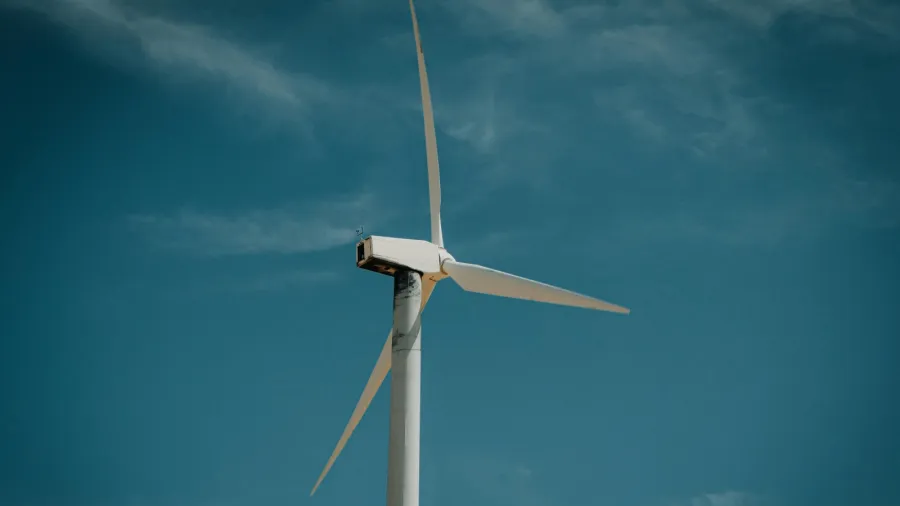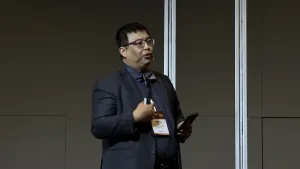
Over 70% of companies utilise AI to derisk wind projects
The majority of executives surveyed plan to increase their investment.
Financial executives are turning to artificial intelligence (AI) to minimise the risks on their multi-billion-dollar wind projects, according to a new report by Shoreline Wind.
In the new report “The Wind CFOs’ Guide to Artificial Intelligence (AI),” Shoreline Wind said 78% of companies are using AI to derisk their wind power developments, with 90% even planning to expand their investment over the next three years.
Capital budget for wind projects often exceed $2b to $5b. The report noted that even a 2% improvement in accuracy can have significant financial outcomes.
“For example, AI models may predict a more prudent 13-month build time, factoring in far more interdependent datasets, compared with positively biased, 10-month plan created with traditional planning methods – a difference that directly impacts contingency planning, financing, and asset sales,” Shoreline Wind said.
Whilst the hype around generic AI has quadrupled the combined market value of eight major tech firms, the real breakthrough benefits for wind energy businesses will be delivered through industry-specific AI platforms. These tools already integrate engineering, logistics and financial data to simulate complex projects and enable more reliable cost forecasting.
“Developers and operators are using AI-powered tools to optimise turbine layouts, schedule construction, predict weather windows, and automate data-heavy analysis – all of which are helping CFOs protect margins and enhance project bankability,” the report said.
Ole-Erik Endrerud, founder and chief product officer at Shoreline Wind, also said that AI-powered planning tools gives access to more realistic project estimates and are able to build in further contingencies prior to financing decisions being made.
“Without it, CFOs are retrospectively dealing with project deviations, sometimes as much as three months, that have a significant and direct impact on profitability,” he added.












